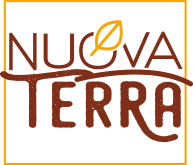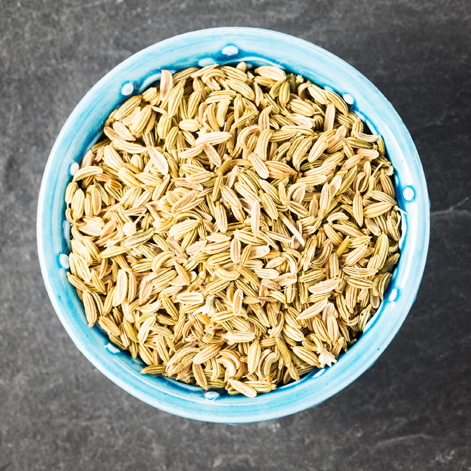Fennel is an herbaceous plant belonging to the Apiceae family. The peculiar aroma of fennel is due to the presence of anethole, an essence that is used for the preparation of different liqueurs, such as Sambuca. It's necessary, however, to make a distinction between cultivated and wild fennel. The two varieties are, in fact, part of the same family, while the wild one grows spontaneously and is used as an aromatic plant, the cultivated one has an edible part. It is known as the heart or bulb, consisting of the basal part of the leaves, and is characterized by a sweeter taste and less pungency than wild fennel.
Origin
The fennel plant is probably native to Asia Minor, but quickly spread throughout the Mediterranean, as it was known to the ancient Egyptians, Greeks, and Arabs.
Pliny the Elder, the Roman writer and philosopher, said in some of his works on natural history that snakes tended to rub against fennel plants after having molted their skin, so as to regain their sight. In relation to this story, he states that fennel was also excellent in eye care.
Its affinity to snakes, according to popular legend, conferred upon fennel its ability to work as an effective antidote to the poisonous bites of the reptiles themselves.
WHY IT SHOULD BE EATEN
Fennel seeds are high in fiber and potassium. They aid digestion (you can chew the seeds after meals), they have digestive and anti-swelling properties, and counter abdominal pain.
A fennel seed infusion is recommended at the end of meals for people on a diet, as it is a good diuretic and burns fat, and to counter colic in small children. Its infusion can also be dabbed on the skin to relieve light inflammation.

Fennel seeds can be used whole or finely chopped in salads, and in vegetables cooked in butter, added as a flavoring in fish broth, in meat dishes, and in sauces. They are wonderful for flavoring desserts, bread and bakery goods, and are a basic flavor for many herbal liqueurs and bitters. Chewed raw, they perfume the breath.

From the garden fennel plant, one eats the bulb, i.e. the base, and its seeds and flowers. From wild fennel, instead, one mainly uses the leaves, which are commonly used in Italian cuisine, as in the traditional Sicilian pasta with sardines.




 E-Shop
E-Shop

 Back
Back








